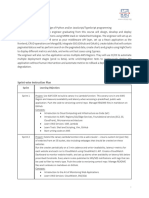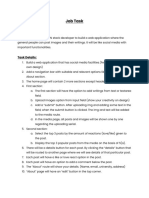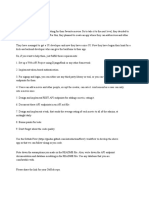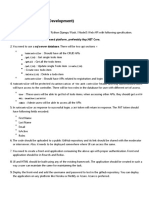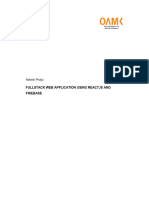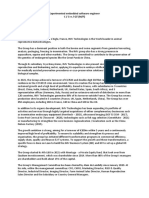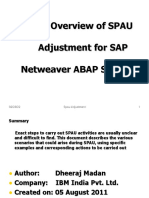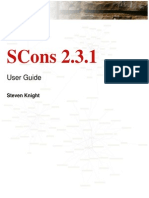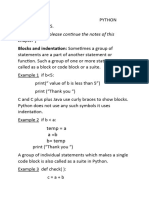0% found this document useful (0 votes)
5 views3 pagesFullStack With Node
The document outlines a practical lab exam for a FullStack project using the MERN stack, with a duration of 2 hours. It includes instructions for code submission, a Google Form for final responses, and four different project sets focusing on various applications such as polling, profile creation, mood tracking, and movie tracking. Each set specifies key functionalities and API routes required for implementation.
Uploaded by
yashagr12345678Copyright
© © All Rights Reserved
We take content rights seriously. If you suspect this is your content, claim it here.
Available Formats
Download as PDF, TXT or read online on Scribd
0% found this document useful (0 votes)
5 views3 pagesFullStack With Node
The document outlines a practical lab exam for a FullStack project using the MERN stack, with a duration of 2 hours. It includes instructions for code submission, a Google Form for final responses, and four different project sets focusing on various applications such as polling, profile creation, mood tracking, and movie tracking. Each set specifies key functionalities and API routes required for implementation.
Uploaded by
yashagr12345678Copyright
© © All Rights Reserved
We take content rights seriously. If you suspect this is your content, claim it here.
Available Formats
Download as PDF, TXT or read online on Scribd
/ 3




